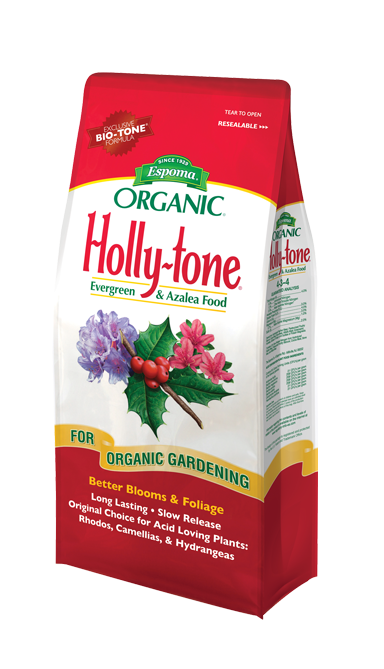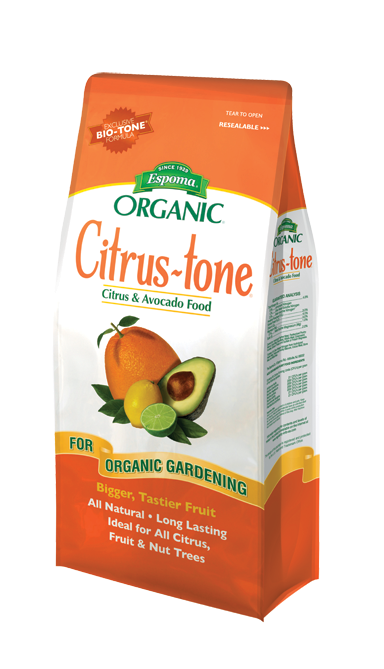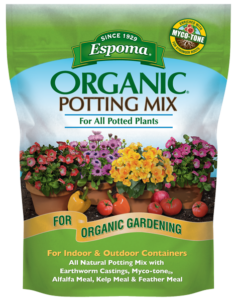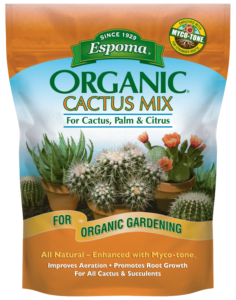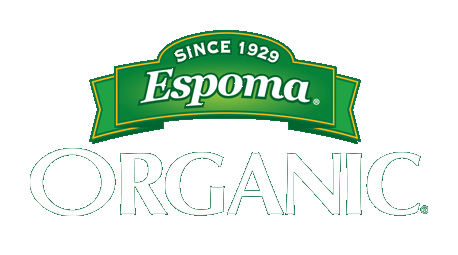Hydrangeas are generally pest and disease free, but when your flowers are looking less than stunning, it’s hard not to panic.
Learn about common hydrangea problems and fix them. Your plant will be back to blooming in no time.
Hydrangea Pests
1. Scale: One of the most common pests, scale can best be identified by their clusters of white eggs on stems. Treat with Insect Control.
2. Slugs: Slugs attack young hydrangeas especially. Look for holes with ragged edges in leaves. The best way to know if slugs are the culprit is to go out and check plants at night. Lay slug traps around plants.
3. Aphids: If you see small black or green bugs on leaves you may have aphids. Treatments include gently spraying leaves with a hose or spraying with Insect Control.
4. Beetles: From Japanese to Rose chafers, beetles are known for eating petals and leaves. Handpick beetles and drop them in soapy water or spray with Insect Control.
5. Fruit Worm: If you see holes in the leaves of mature hydrangeas, you may have fruit worm. Check the underside of the leaf for this caterpillar-like bug. Knock them off and check leaves for eggs.
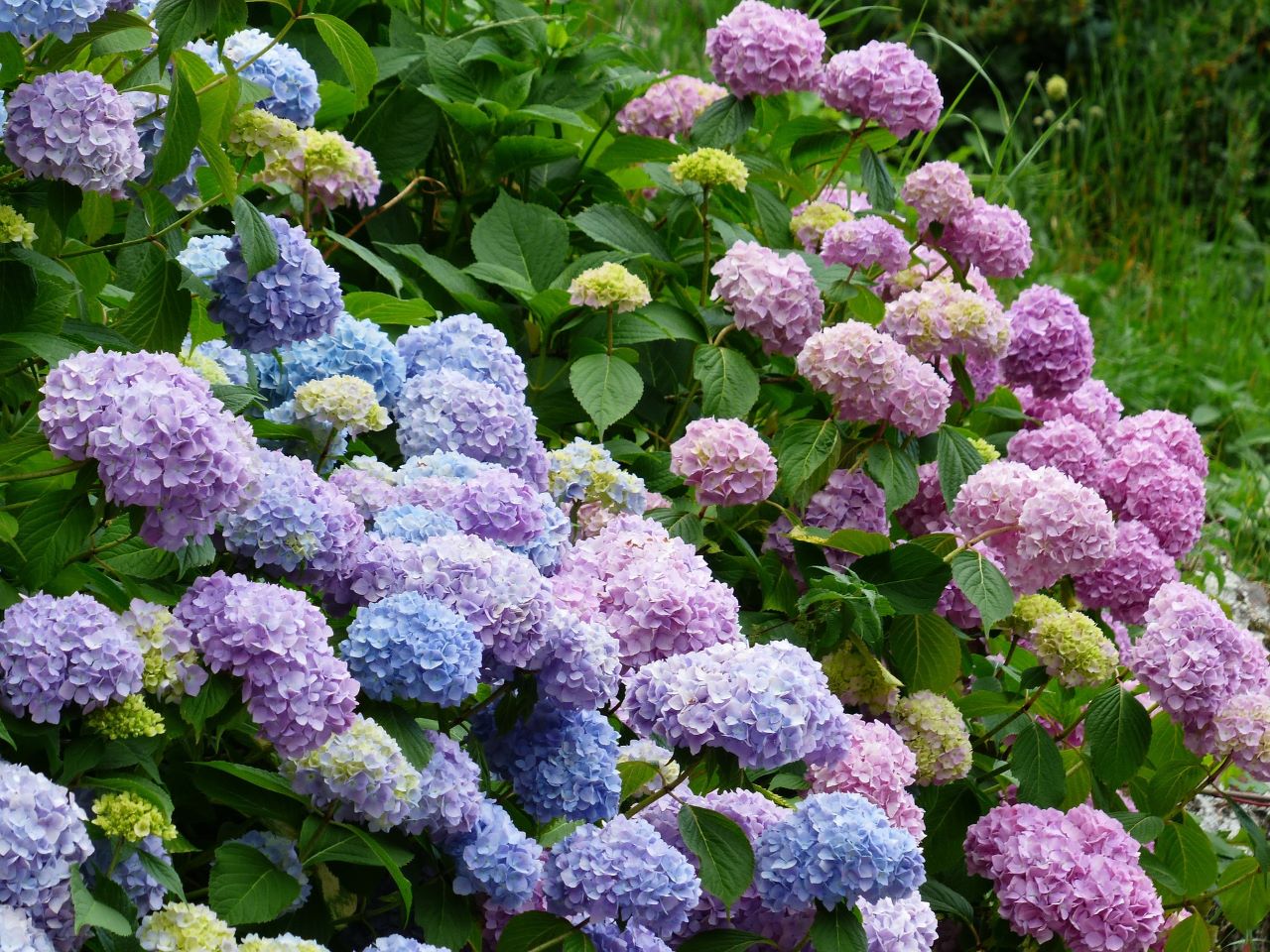
Hydrangea Diseases
Black Spots: In extra wet conditions, a leaf-spot fungus may appear. Don’t worry, it doesn’t harm the plant and new growth shouldn’t have spots. If black spots appear in dry conditions, you may be overwatering your hydrangea.
Powdery mildew: While this doesn’t usually kill hydrangeas, it can cause leaves to drop. Look for a gray, powdery coating on foliage. Remove and destroy any affected plant parts. Apply Neem Oil 3n1 as needed.
Rust: This fungal disease looks like rust colored spots on the underside of leaves. The tops of leaves turn brown or yellow and eventually fall off. If the problem isn’t severe, prune off and destroy the affected leaves. Otherwise, use a rust specific organic fungicide such as Neem Oil 3n1.
To prevent many diseases, use a soaker hose or spray nozzle to water the roots of plants. And water in the morning, so any water on the leaves has a chance to dry.
Additionally, many problems are a result of lack of water. If flowers turn brown and die quickly or leaves have brown, brittle spots around the edges, you may be under watering.
Featured in this Post:

